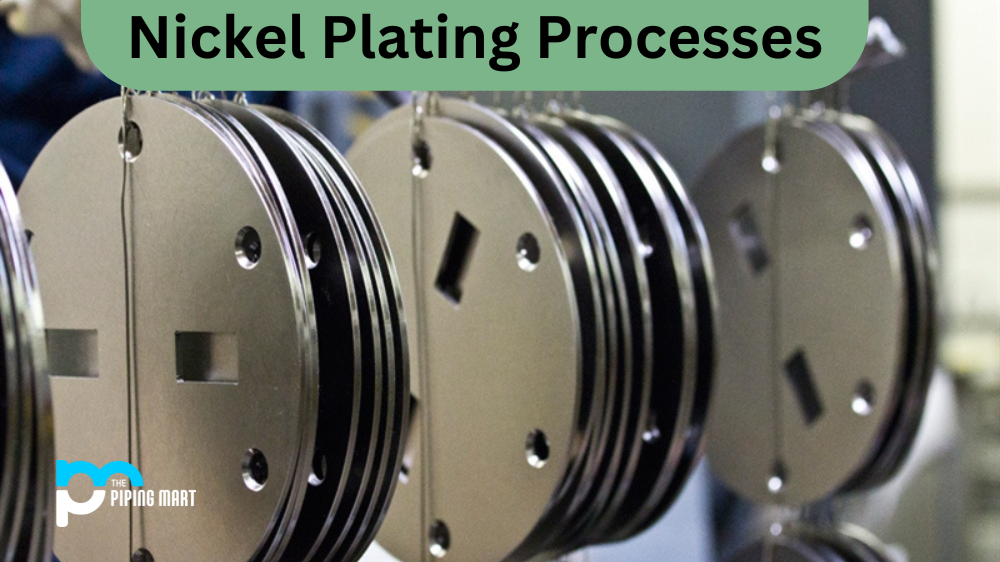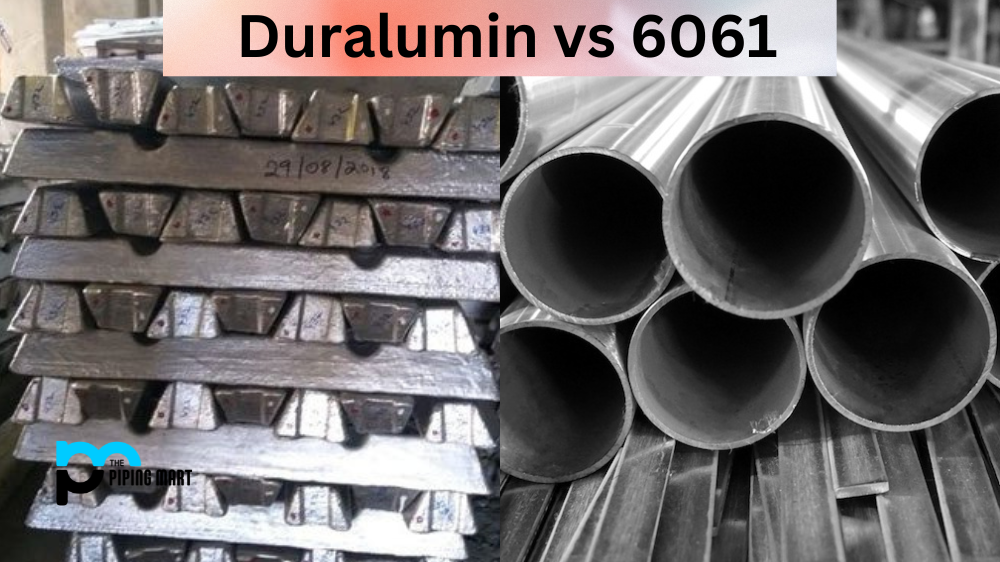Nickel plating is a process that involves electroplating a thin layer of nickel onto a metal surface. This process provides the metal surface with enhanced corrosion resistance, improved wear properties, and greater electrical conductivity. In this article, we’ll discuss the basics of how to nickel plate an object and what materials are used.
Nickel Plating Process
Nickel plating is generally performed by immersing the object to be plated into an electrolyte solution and passing an electric current through the solution. This current causes nickel ions to be attracted to the surface of the object being plated and deposited on it in a thin coating. The thickness of this coating can range from 0.0001″ (2.5 microns) up to 0.003″ (75 microns). The thickness that is chosen will depend on the application and desired results.
Surface Preparation
The first step in the nickel plating process is surface preparation. This step is important because it ensures that the surface to be plated is clean and free of any contaminants that could potentially interfere with the plating process. The surface is typically cleaned using an alkaline solution, followed by a rinse in distilled water.
Plating Solution
The next step is to prepare the plating solution. This solution contains nickel ions, which will be deposited onto the surface during the plating process. The concentration of nickel ions in the solution will determine the thickness of the final plated layer.
Plating Process
Once the plating solution is prepared, the actual plating process can begin. This process involves passing an electric current through the solution, which causes the nickel ions to be deposited onto the surface. The amount of time that the current is passed through the solution will determine the thickness of the final plated layer.
Post-Plating Treatment
After the desired thickness of nickel has been deposited onto the surface, a post-plating treatment is typically performed. This treatment helps to improve the adhesion of the nickel layer to the surface, as well as to protect it from corrosion.
Quality Control
The final step in the nickel plating process is quality control. This step involves inspecting the plated surface to ensure that it meets all of the required specifications. If any defects are found, they must be corrected before the part can be considered acceptable for use
Materials Used for Nickel Plating
The most common materials used for nickel plating are pure nickel, copper-nickel alloys, cobalt-nickel alloys, and nickel-chromium alloys. Generally speaking, pure nickel is used for decorative purposes, while copper-nickel alloys are used for corrosion protection and wear resistance applications. Cobalt-nickel alloys are often chosen when higher hardness or temperature resistance is required, while nickel-chromium alloys are often used in applications where electrical conductivity or magnetism needs to be improved.
Conclusion:
In summary, nickel plating is a process that involves electroplating a thin layer of nickel onto a metal surface which provides enhanced corrosion resistance, improved wear properties, and greater electrical conductivity. The most common materials used for this process are pure nickel, copper-nickel alloys, cobalt-nickel alloys, and nickel-chromium alloys, depending on the application requirements, such as hardness or temperature resistance, or electrical conductivity or magnetism enhancement. If you’re looking to have objects nickel plated, then it’s important to understand which material would best suit your needs so that you can get the best results possible!
Rachana is a dedicated and ambitious young woman who has made a name for herself in the metal industry. From her earliest days in the industry, Rachana showed a natural talent for problem-solving and a keen eye for detail. In her free time, She enjoys reading up on the latest advancements in the industry, as well as exploring new ways to innovate and improve upon existing processes.




